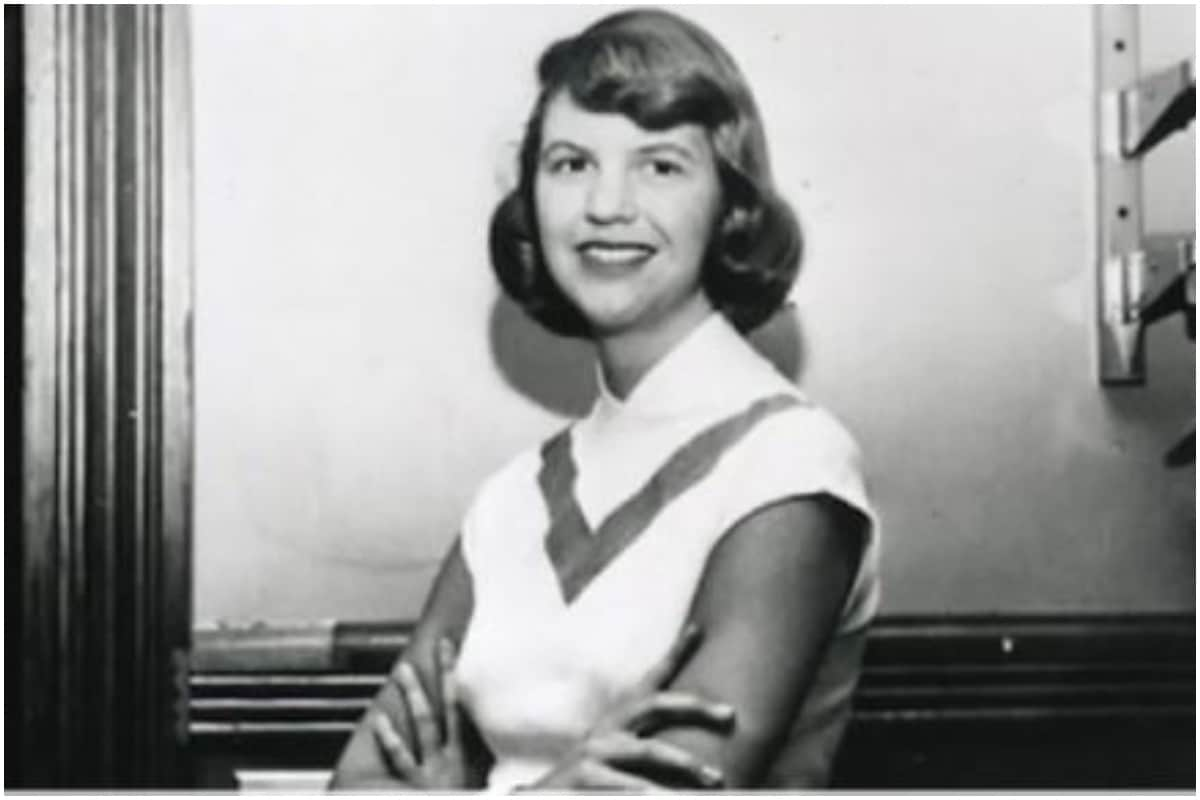

It appears to be a cliffhanger, but the beginning of the novel holds a clue as to what becomes of Esther. The Bell Jar ends just as Esther is about to stand before a panel of doctors who will determine whether or not she may be released from their care. But there’s something many readers and Plath fans may not be aware of: Plath never intended for The Bell Jar to be the end of Esther’s story. We never get to see how a healthy Esther would interact with others, so it is easy to interpret this coldness as a trait, rather than a symptom. This cold lack of sympathy has put readers off since the book’s release. Esther’s illness renders her unable to thoughtfully engage with the people around her she harbors hostile feelings for her friends, for her fellow patients at the mental health facility where she stays, and even for her own mother. Plath’s concerns were valid, as many readers of The Bell Jar have noted that the people who populate Esther Greenwood’s (Plath’s autobiographical protagonist) world come off as flat, unsympathetic, and even grotesque.įor Plath to write honestly about illness, she had to honestly describe what illness does to one’s relationships. Plath did not want the novel’s reception to detract from her poetic legacy, nor did she want the people who made their way into The Bell Jar as characters to become aware of what Plath had written about them. The bulk of Plath’s work was devoted to poetry, and the original publication of The Bell Jar was done under a pen name. The Bell Jar is a semi-autobiographical account of a young woman who suffers from a depressive breakdown after returning home from a prestigious editing internship in New York. In the whole of Sylvia Plath’s career, she only ever published one novel.


 0 kommentar(er)
0 kommentar(er)
